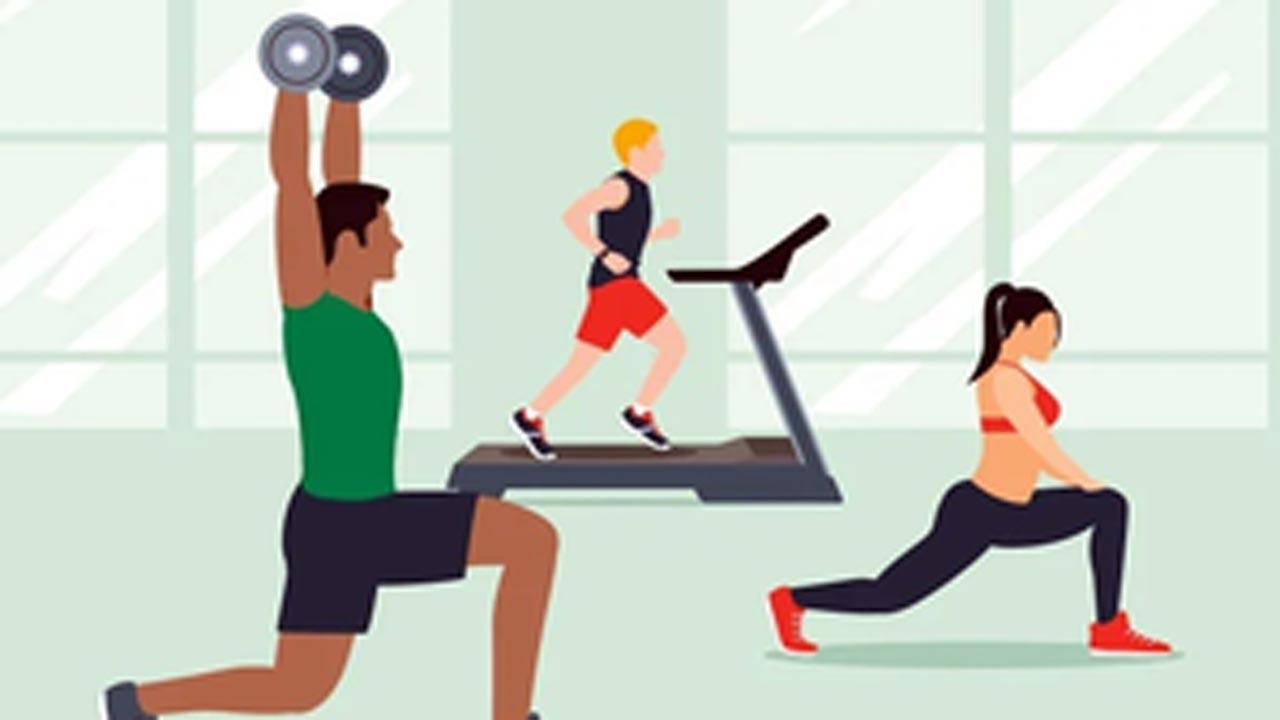In this study, researchers investigated the potential link between available fitness/ exercise centres, pools and gyms and physical activity among 333 people living in New York City who had a mild stroke

Representational Image. Pic Courtesy/iStock
People may be more likely to engage in physical activity after stroke if they live in a neighbourhood with more recreational and fitness facilities, a new study has discovered.
The study published in the journal American Stroke Association found that people in New York City who survived a mild stroke were more likely to maintain the same level of physical activity as they did prior to the stroke, or even increase that activity if they lived in areas with more recreational centres and fitness resources nearby.
ADVERTISEMENT
"Our findings suggest that it's important to have a conversation with stroke patients about physical activity resources available in their area so they are able to continue their recovery after hospital discharge," said lead study author Jeffrey Wing, PhD, MPH, an assistant professor of epidemiology at The Ohio State University in Columbus.
In this study, researchers investigated the potential link between available fitness/ exercise centres, pools and gyms and physical activity among 333 people living in New York City who had a mild stroke.
The researchers found that about 17 per cent of participants reported being more physically active one year after the stroke, and 48 per cent reported having about the same level of physical activity as before the stroke.
The odds of being more active were 57 per cent higher among participants who lived in areas with more recreational and fitness resources compared to those with fewer or no fitness resources. Similarly, the odds of reporting the same level of physical activity one year after stroke were 47 per cent higher in participants who lived in areas with more recreational centres and fitness resources compared to those with fewer or no resources available, according to the study.
"The takeaway from this analysis is that it’s not that people should move to a location where there are more resources to engage in physical activity, but to urge people to find ways to be active in their own neighbourhood," said study co-author Julie Strominger, a PhD student of epidemiology at The Ohio State University.
This story has been sourced from a third party syndicated feed, agencies. Mid-day accepts no responsibility or liability for its dependability, trustworthiness, reliability and data of the text. Mid-day management/mid-day.com reserves the sole right to alter, delete or remove (without notice) the content in its absolute discretion for any reason whatsoever
 Subscribe today by clicking the link and stay updated with the latest news!" Click here!
Subscribe today by clicking the link and stay updated with the latest news!" Click here!








